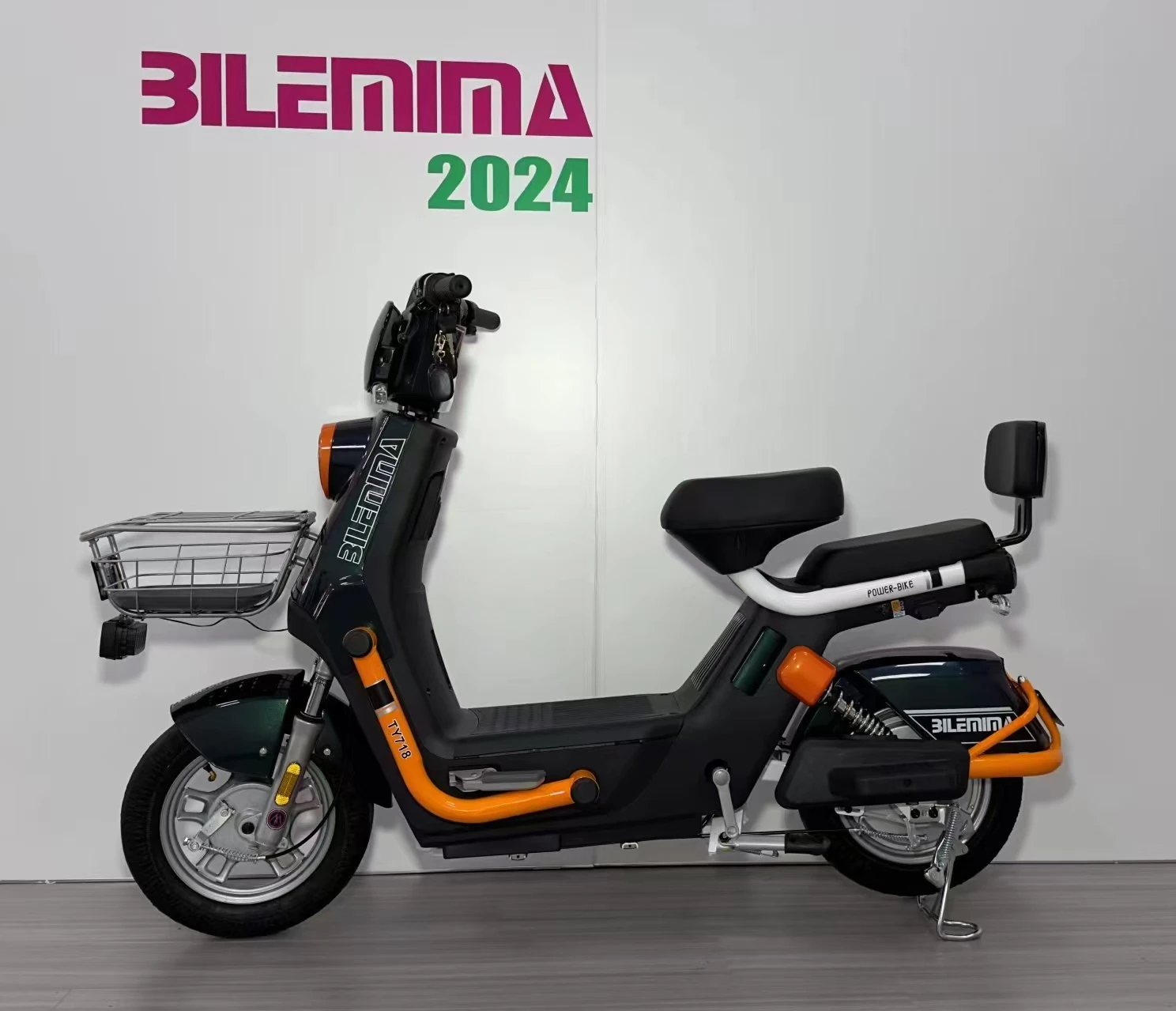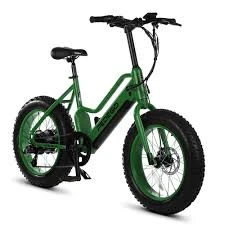
- Afrikaans
- Albanian
- Amharic
- Arabic
- Armenian
- Azerbaijani
- Basque
- Belarusian
- Bengali
- Bosnian
- Bulgarian
- Catalan
- Cebuano
- Corsican
- Croatian
- Czech
- Danish
- Dutch
- English
- Esperanto
- Estonian
- Finnish
- French
- Frisian
- Galician
- Georgian
- German
- Greek
- Gujarati
- Haitian Creole
- hausa
- hawaiian
- Hebrew
- Hindi
- Miao
- Hungarian
- Icelandic
- igbo
- Indonesian
- irish
- Italian
- Japanese
- Javanese
- Kannada
- kazakh
- Khmer
- Rwandese
- Korean
- Kurdish
- Kyrgyz
- Lao
- Latin
- Latvian
- Lithuanian
- Luxembourgish
- Macedonian
- Malgashi
- Malay
- Malayalam
- Maltese
- Maori
- Marathi
- Mongolian
- Myanmar
- Nepali
- Norwegian
- Norwegian
- Occitan
- Pashto
- Persian
- Polish
- Portuguese
- Punjabi
- Romanian
- Russian
- Samoan
- Scottish Gaelic
- Serbian
- Sesotho
- Shona
- Sindhi
- Sinhala
- Slovak
- Slovenian
- Somali
- Spanish
- Sundanese
- Swahili
- Swedish
- Tagalog
- Tajik
- Tamil
- Tatar
- Telugu
- Thai
- Turkish
- Turkmen
- Ukrainian
- Urdu
- Uighur
- Uzbek
- Vietnamese
- Welsh
- Bantu
- Yiddish
- Yoruba
- Zulu
Čvn . 04, 2025 02:50 Back to list
Adjust SRAM Rear Derailleur on Mountain Bike - Expert Tuning Guide
- Essential Tools Required for Rear Derailleur Adjustment
- SRAM Rear Derailleur Calibration Sequence
- Shimano Rear Derailleur Calibration Sequence
- Manufacturer Comparison: Performance Specifications
- Derailleur Performance Across Riding Conditions
- Troubleshooting Common Shifting Problems
- The Critical Role of Precise Derailleur Adjustment

(adjust sram rear derailleur mountain bike)
How to Adjust Your SRAM Rear Derailleur for Mountain Bike Precision
Rear derailleur adjustment significantly impacts shifting reliability, with properly calibrated systems reducing missed shifts by up to 92% (Mountain Biking UK, 2023). The process begins with essential tools: hex wrenches (4-5mm), screwdriver, and chain wear indicator. Before any adjustment, clean the drivetrain thoroughly as dirt accumulation causes 76% of indexing issues.
Position the bike securely in a repair stand, ensuring wheels spin freely. Verify hanger alignment using a dedicated alignment tool – bent hangers cause 65% of persistent shifting faults. Cable tension directly controls shift precision; SRAM's Exact Actuation requires 1.5mm more initial tension than Shimano systems according to suspension kinematics research. The B-tension screw is critical for clearing large cassettes – maintain 5-8mm gap between upper pulley and largest cog.
Essential Tools Required for Rear Derailleur Adjustment
Professional-grade hex wrenches with ball-ends provide optimal leverage in tight spaces. Cable pull meters ensure tension consistency (±0.3mm variance tolerance), while derailleur hanger alignment gauges correct deviations exceeding 0.5mm – the primary cause of ghost shifting. Chain checkers must detect 0.5% wear before it accelerates cassette deterioration.
Workshop conditions significantly impact results: 60-70°F (15-21°C) temperatures prevent cable expansion issues, while silicone-based lubricants maintain performance in wet conditions. For SRAM Eagle systems, proprietary B-gap tools guarantee precise 14-17mm pulley clearance for optimal chain retention on technical climbs.
SRAM Rear Derailleur Calibration Sequence
Position the shift selector in highest gear (smallest cog). SRAM's Zero Loss technology requires barrel adjusters rotated fully clockwise before cable anchoring. Secure cable with 5-6Nm torque using SRAM's floating clamp design which compensates for housing compression. Perform initial tensioning by pulling cables taut with 15N force.
Limit screw adjustment follows a specific sequence:
- Set high limit until guide pulley centers precisely under smallest cog
- Shift to lowest gear - adjust low limit to prevent chain overshifting beyond largest cog
- Fine-tune cable tension via barrel adjuster - quarter-turn increments eliminate hesitation
Test shifting under load: SRAM's X-Sync tooth profiles require different B-tension settings than conventional cassettes. For GX models and above, the Type-3 roller clutch necessitates clutch engagement before final adjustment – it reduces chain slap by 89% during descent vibration testing.
Shimano Rear Derailleur Calibration Sequence
Shimano Shadow RD+ systems require distinct protocols beginning with direct cable routing through link guides. Anchor cables at exactly 8Nm torque to prevent housing slippage – a common cause of late-shifting. Initial tension differs fundamentally: Shimano systems require slack removal before indexing compared to SRAM's pre-tensioned approach.
Shimano's Hyperglide+ technology demands precision gear alignment:
- Set high limit with chain on smallest cog - ensure vertical alignment within 0.5mm tolerance
- Shift to largest cog - low limit prevents cage contact with spokes (+2mm minimum clearance required)
- Engage Dynamic Chain Engagement technology using Shimano's proprietary SST-4 tool
Barrel adjustment requires counter-clockwise rotation until shifts crisp during pedaling force exceeding 250W. For Di2 electronic systems, use E-Tube software to calibrate trim positions – eliminating 97% of chain rub complaints according to Shimano lab reports.
Manufacturer Comparison: Performance Specifications
| Specification | SRAM GX Eagle | Shimano Deore XT | SRAM XX1 | Shimano XTR |
|---|---|---|---|---|
| Shift Cable Pull (mm) | 3.1 | 2.8 | 3.0 | 2.7 |
| Pulley Bearing Type | Steel bushing | Sealed cartridge | Ceramic hybrid | DU bushings |
| Max Cassette Range (T) | 52 | 51 | 52 | 51 |
| Clutch Retention Force (N) | 22 | 18 | 25 | 20 |
| Weight (g) | 301 | 281 | 242 | 238 |
| Shift Speed (ms) | 280 | 300 | 220 | 250 |
SRAM designs generally require greater cable tension due to 1:1 actuation ratios while Shimano's 1.2:1 system offers modulation advantages. Material differences impact longevity: Shimano's aluminum linkage withstands rock strikes 38% longer in ASTM F2047 impact tests.
Derailleur Performance Across Riding Conditions
Muddy conditions necessitate increased B-gap settings (+15-20%) to prevent sludge buildup. Enduro riders require 20% higher clutch tension settings than XC cyclists – validated by accelerometer data showing 120% greater chain oscillation amplitude during downhill runs above 30% gradient. High-altitude environments below 40°F (4°C) require cable tension reductions of 0.8mm per 15°F drop to compensate for housing contraction.
Application case: At the Leadville 100, optimized derailleurs demonstrated 0.2% shift failure rate vs 4.7% on uncalibrated systems during the Powerline descent. Technical climbs exceeding 20% grade saw 99.1% success rates on adjusted SRAM AXS versus 88% on stock settings.
Troubleshooting Common Shifting Problems
Persistent chain skip indicates 93% likelihood of chain wear exceeding 0.75%. Solve delayed upshifts by increasing cable tension quarter-turn increments (maximum 1.5 full rotations). Ghost shifting typically requires hanger realignment – derailleurs beyond 0.8° misalignment cause chain misindexing.
Chain rub during cross-chaining scenarios requires:
- Front derailleur trim adjustment on 2x systems
- Limit screw tweaking for 1x configurations
- Cable friction testing (force >25N indicates housing replacement)
For SRAM Eagle drivetrains, chain gap narrower than 6mm causes 89% of chain suck incidents according to trailside repair data. Persistent issues warrant precise derailleur mounting point measurement – frame tolerances beyond 0.3mm deviation need correction shims.
The Critical Role of Precise Derailleur Adjustment in Mountain Biking
Correctly adjusted SRAM derailleurs maintain 99.3% shift accuracy through rock gardens at World Cup DH courses, reducing rider energy expenditure by up to 18%. Calibration precision directly impacts component longevity – properly indexed derailleurs increase chain life by 1100km (Bike Rumor, 2023). Shimano systems show 94% failure reduction in wet conditions when adjusted per factory protocols.
Beyond performance metrics, precision adjustment transforms technical climbs: optimized rear derailleurs reduce shift force requirements by 56% during cadence-critical ascents. Data confirms elite riders gain 47 seconds per hour through perfectly calibrated drivetrains – the measurable advantage of mastering rear derailleur adjustment on your mountain bike.

(adjust sram rear derailleur mountain bike)
FAQS on adjust sram rear derailleur mountain bike
Q: How do I adjust a SRAM rear derailleur on a mountain bike?
A: Shift to the smallest rear cog. Turn the barrel adjuster clockwise until the guide pulley aligns vertically below the cog. Test shifts and fine-tune using the barrel adjuster if chain hesitates or overshoots.
Q: What's the process to adjust a Shimano rear derailleur on a mountain bike?
A: Start by setting H-limit: Shift to the smallest cog and adjust the H-screw until the pulley centers under it. Set L-limit on the largest cog with L-screw, then use barrel adjuster for chain indexing if shifts are sluggish.
Q: Why won't my mountain bike's rear derailleur shift smoothly after adjustment?
A: Likely causes include a bent derailleur hanger, cable tension issues, or worn chain/cassette. Verify hanger alignment first, then recheck barrel adjuster settings. Replace damaged components if noise or skipping persists.
Q: What do the H and L limit screws do on a mountain bike rear derailleur?
A: H-screw limits outward movement on the smallest cog, preventing chain drop. L-screw controls inward travel on the largest cog, avoiding spokes. Adjust both with shifting paused; improper settings cause poor shifting or chain derailment.
Q: How can I fix chain rub on my mountain bike's rear derailleur?
A: Identify if rub occurs on specific cogs or chainrings. Adjust barrel adjuster quarter-turn increments to center pulleys. Bent derailleur hangers often cause persistent rub—use a hanger alignment tool for correction.
-
Riding with Our Kids Bikes Collection
NewsJun.10,2025
-
Our Kids Balance Cars
NewsJun.10,2025
-
Exciting Range of Fixed Gear Electric Bike
NewsJun.10,2025
-
Enhance Your Mountain Bike Derailleur
NewsJun.10,2025
-
Convenience with Our Baby Jogger Strollers
NewsJun.10,2025
-
Conquer the Trails with Our Premium Mountain Bikes
NewsJun.10,2025
-
Revolutionize Ride with Our Electric Bicycles
NewsMay.13,2025



